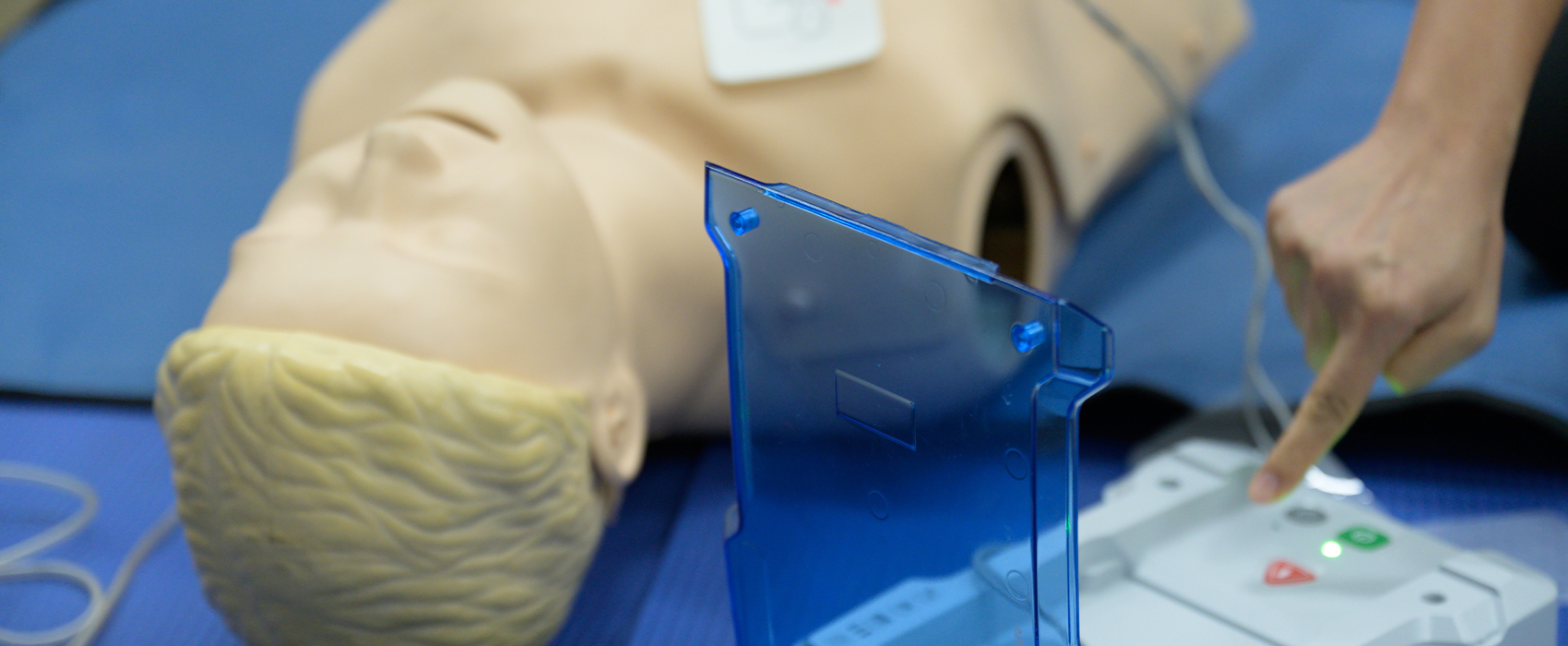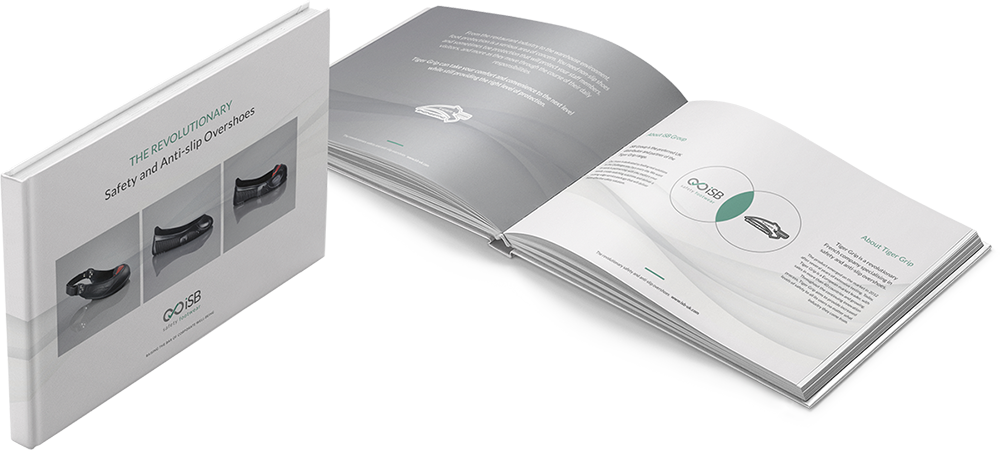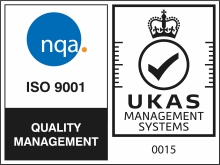
Installing a defibrillator in your workplace? Read this first
Concluding our blog series to mark National Heart Month, we look at what businesses need to know before installing a defibrillator…
Does my workplace need a defibrillator?
If you’re reading this, then you’re likely considering whether it might be a good idea to install a defibrillator in your workplace.
A portal lifesaving device that is used to restore normal heart rhythm in the event of someone suffering a sudden cardiac arrest, a defibrillator – or automated external defibrillator (AED) to give it its full title – is not currently a legal requirement for UK workplaces. However, campaigners continue to call for legislation to make having a defibrillator mandatory for all UK businesses in much the same way as fire extinguishers and first aid kits are required by law.
Find out more about the importance of defibrillators in the workplace.
Installing a defibrillator: What to consider
If you’re looking to install a defibrillator in your workplace, there are a number of things you’ll need to consider. These include:
- Choice of model
- Number of defibrillators required
- Location
- Education
- Training
- Associated kit
- Registration
- Maintenance and upkeep
Choice of model
Defibrillators range in price from around £800 to in the region of £2,500, depending on the model and its features. Cheaper devices only help the operator to deliver a controlled electric shock every two minutes if required, while more sophisticated models come with voice instructions to guide the rescuer through every step of the resuscitation process, give real-time feedback on the effectiveness of the rescuer’s CPR technique, and are able to auto-perform basic maintenance checks.
Number of defibrillators required
In order to give a patient in sudden cardiac arrest the best chance of survival, a defibrillator should be used within the first three to four minutes, so it should be located no more than one to two minutes’ walk away. A single defibrillator will suffice for many workplaces, but bear in mind that the complexity of different buildings, including staircases and multiple rooms, may add delays.
Location
Fixed location defibrillators should be secured in a cabinet or using an appropriate wall bracket, and be immediately accessible in an emergency. Some defibrillator cabinets are fitted with alarms to let other people in the workplace know that the defibrillator is being accessed. Wherever a defibrillator is installed, appropriate signage should be installed to help people to locate it quickly in an emergency.
Education
A defibrillator cannot save a life if no one knows it exists. Everyone who works on your premises should be aware that you have a defibrillator, know where to find it in an emergency, and have an awareness of what it is used for.
Training
Defibrillators are designed to be used by those who have had no training, and include step-by-step instructions on how to use them. However, training your teams on CPR and how to use a defibrillator can help to ensure they are confident to act quickly in an emergency situation.
Associated kit
There are several items to keep with a defibrillator that will assist a rescuer in using the device to save a life. These include a towel, tissue or wipes to dry the casualty’s chest if it is wet or sweaty, a razor to shave the chest if needed, scissors to cut away the casualty’s clothing, and a face shield for administering CPR.
Registration
The British Heart Foundation, St John Ambulance, the Resuscitation Council UK and UK Ambulance Services have partnered to deliver a nationwide register of defibrillators called The Circuit. Registering your defibrillator on this network makes it known to the ambulance services, who can identify its location to someone making a 999 call in the vicinity. This ultimately gives it the best chance of saving a life.
Maintenance and upkeep
As with all workplace safety equipment, defibrillators should be inspected regularly and maintained to keep them in good working order. St John Ambulance has a handy checklist which may assist. Some defibrillator models will perform self-diagnosis tests on a daily, weekly or monthly basis and will identify any problems such as a low battery or incorrectly connected pads with an audible alert or flashing light. Both the defibrillator pads and its battery will have a shelf life of anywhere between two and five years, after which they will need to be replaced, even if the defibrillator hasn’t been used. In the event the defibrillator is used, the pads will need to be replaced. Both used and unused pads should have their electrode wire cut and may then be disposed of in general waste, unless they have been contaminated with blood or other potentially infectious materials.
If you are interested in installing a defibrillator in your workplace, we can help. Give our team a call or get in touch through the website.

















